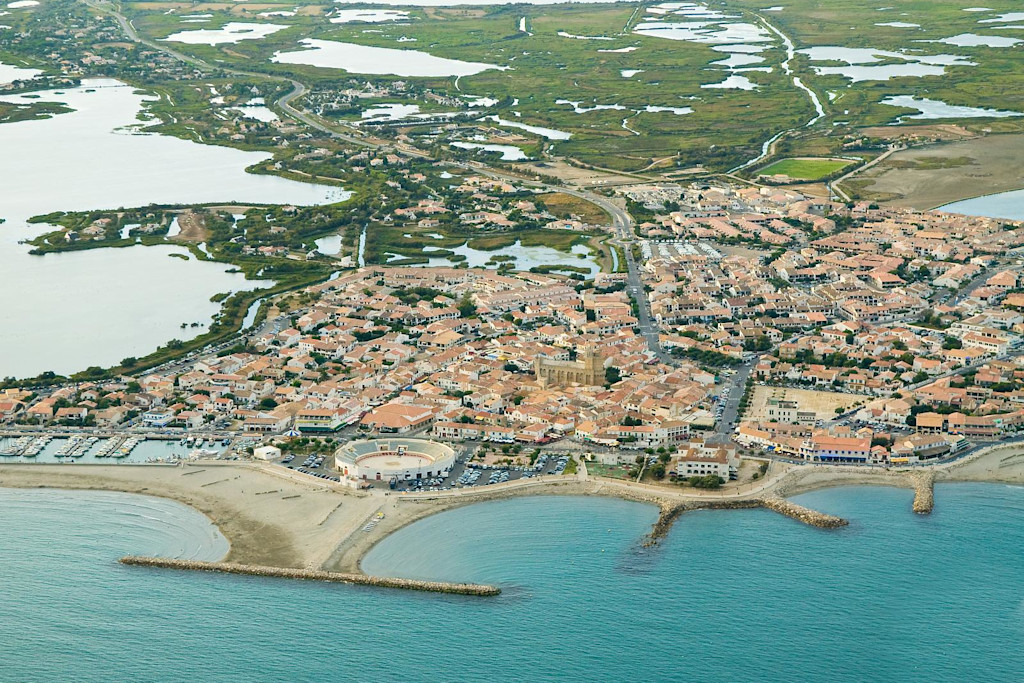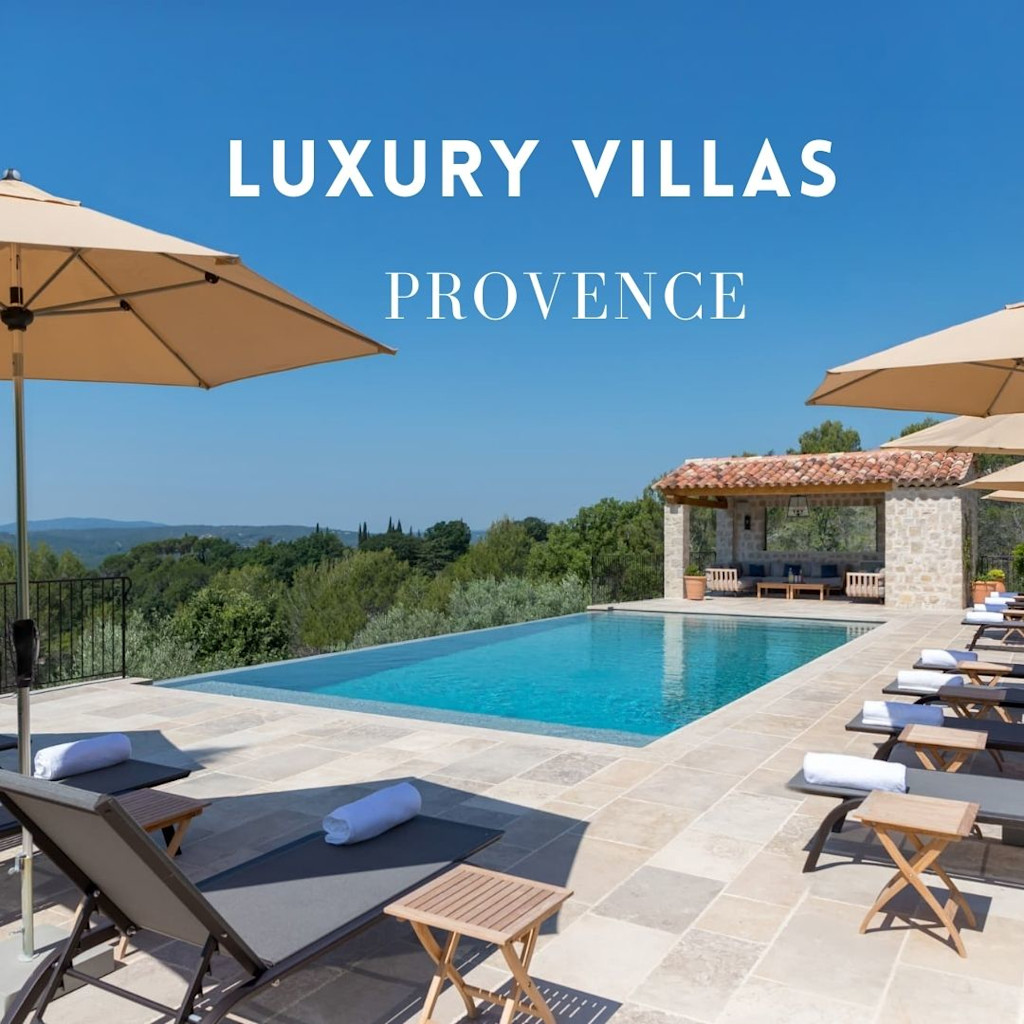
15 April 2024 | Tourism
Les Saintes-Maries-de-la-Mer, capital of Camargue
Les Saintes-Maries-de-la-Mer is the village which symbolizes the capital of the Camargue. This one is built between sea and marshes, let's discover this charming and welcoming village in the heart of the Camargue.
The village of Les Saintes-Maries-de-la-Mer
In the heart of nature, the village of Les Saintes-Maries-la-Mer is surrounded by blue, water in all forms: rivers, sea and marshes. The vast spaces and activities organised in the village make it a very pleasant place.
The festivities and events are essential to the dynamism of this village, but also to its popular and cultural influence. The summer season is conducive to several events to best satisfy visitors and tourists.
Saintes-Maries-la-Mer has more than 40 km of beaches, swimming is a real attraction. Heritage, whether cultural or natural, is an asset to satisfy the desire for discoveries, knowledge and sensations.
The church of Saintes-Maries-de-la-Mer:
Here we find 5 imposing bells with a total weight of 2,500kg. Excavations ordered by King René d'Anjou (Count of Provence) in 1448 led to modifications resulting in the current appearance of the Church. As is the Provençal Roman style, its construction is symbolic: the vertical amount is represented by the nave. In the middle of the nave, surrounded by a grille, is the fresh water well.
The statue of Mireille:
This statue is a tribute to Frédéric Mistral's poem "Mireìo" published in 1859.
The tomb of the Marquis of Baroncelli:
Buried in Avignon, his ashes were transferred according to his wishes to Saintes-Maries-de-la-Mer.
To discover in Les-Saintes-Maries-de-la-Mer:
The construction of the church of Provençal Romanesque architecture dates back to the 12th century. Fortified from the 14th century, it dominates the village and is visible 10 km away. It is a real fortress, made up of a single, straight nave, without ornament and 15 meters high.
The Baroncelli museum:
Designed by the Arlesian architect Auguste Veran, it is the former Town Hall.
Le Mas de la Cure:
Find a Camargue horse breeding farm 15km from Saintes-Maries-de-la-Mer.
A unique atmosphere:
Between the chirping of cicadas, the smell of salt in the air and the sound of waves crashing on the beach, this village offers an incomparable sensory experience that leaves a lasting impression on all who visit.
The culture of Saintes-Maries-la-Mer
Saintes-Maries-la-Mer is famous for its history linked to the gypsies and their annual pilgrimage in honor of Saint Sara. This pilgrimage initially takes place on May 24 and 25 and attracts millions of people from all over Europe to celebrate the patron saint. All these pilgrimages are an opportunity for pilgrims and travelers to celebrate their Faith and their gratitude to the Saints for having transmitted the Gospel. Since the 12th century, the Saintes Maries de la Mer have been a major place of pilgrimages.
Traditions around Saintes-Maries-la-Mer
Les Saintes Maries de la Mer is a destination rich in traditions. As much on a cultural level, as through its traditional manifestations but also around bouvine. Traditions around Bouvine
Discover the different stages:
L'ABRIVADO: The herdians (: the guardians of a Camargue herd or troop of bulls or horses raised in semi-freedom and belonging to a herdman), leave at a small trot from the enclosure with 4 bulls which have been sorted at beforehand, then they accelerate once they arrive in the village. The goal for the herdsmen is to take the bulls from the meadows to the arenas without letting them escape.
LA BANDIDO: At the end of the Camargue race, the bulls are brought back upwind in bandido through the streets of the village with the herdsmen behind them.
LA ROUSSATAÏO: The herdsmen accompany a herd of mares with their foals to cross the streets of the village.
THE FERRADE: At one year old, the calves (anoubles) are branded with the symbol of their owner (the manade). After the ferrade, participants are invited to an aperitif.
